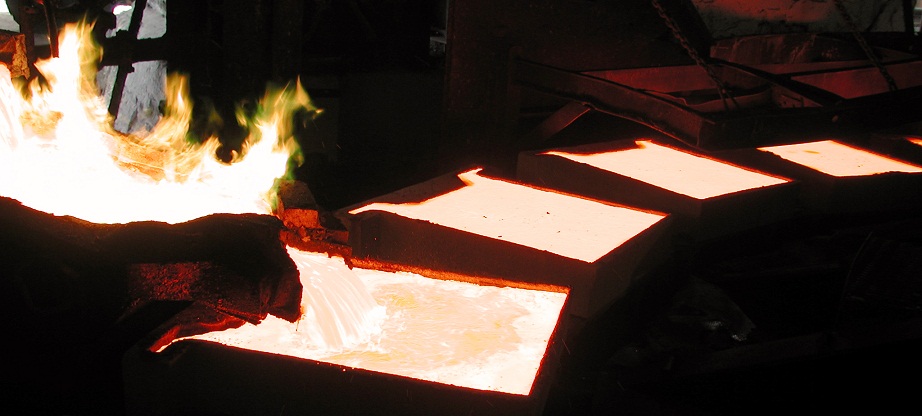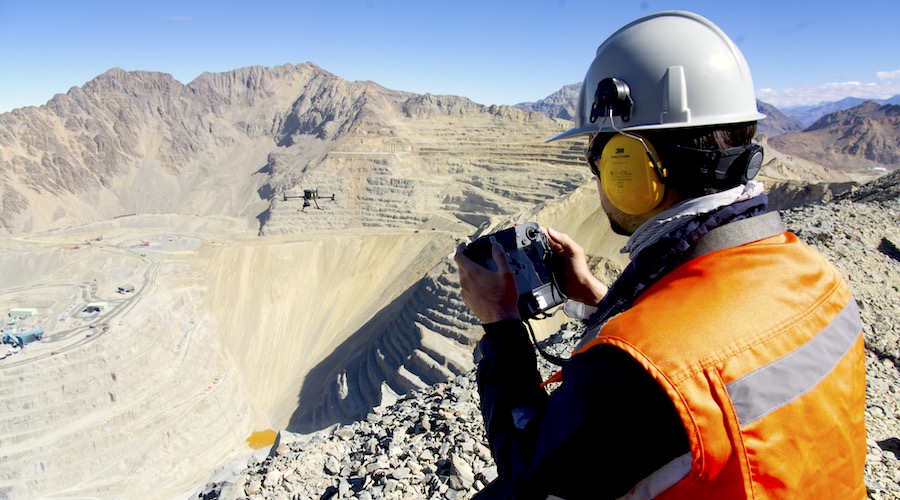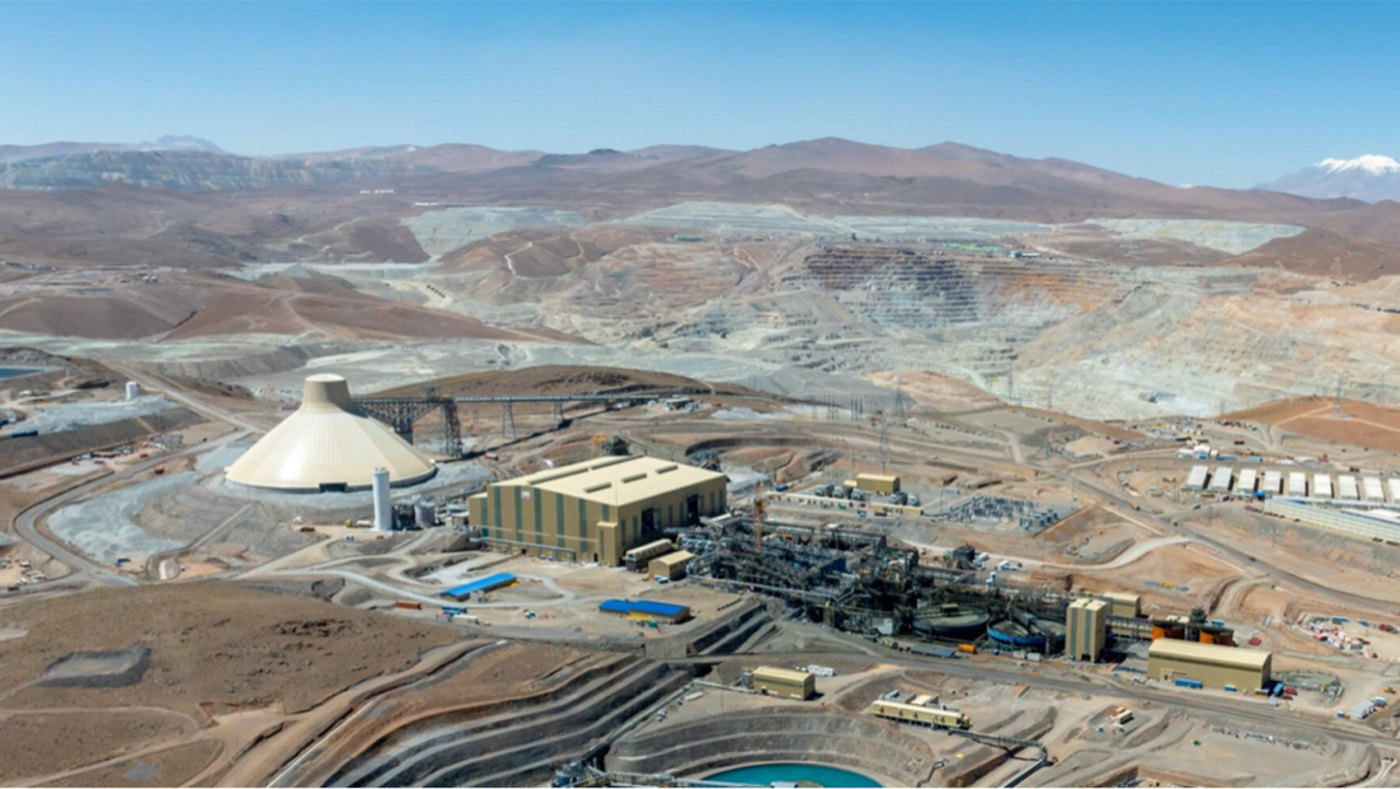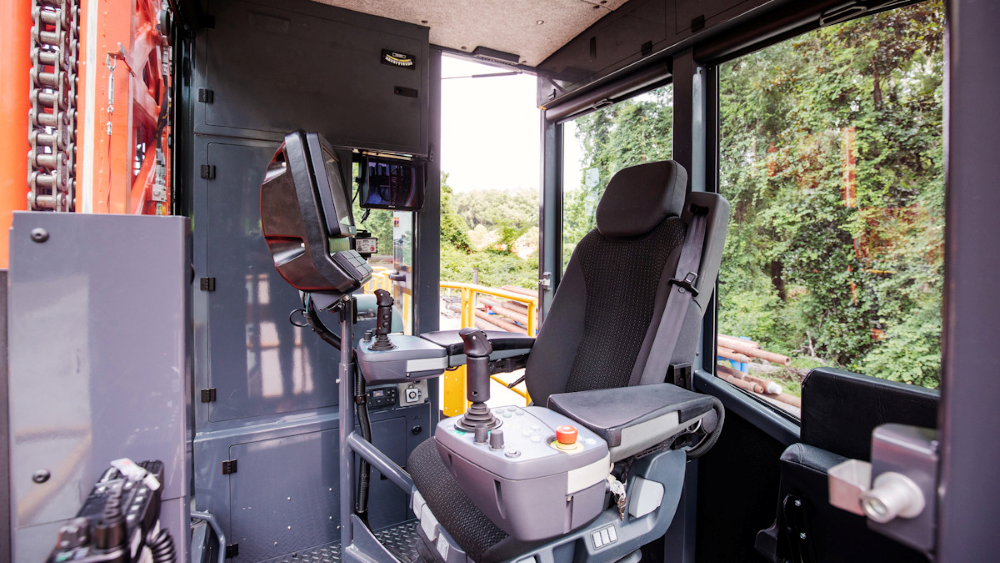The following is the edited text of a speech given recently by Alex Henderson, general manager of mines and mill technology for Vale's North Atlantic region in Sudbury, Ont., to announce a $49-million investment in Vale's Copper Cliff Mine 114 Orebody Demonstration Plant, which will feature innovative Rail-Veyor technology. This underground installation will be the first of its kind in North America and the second in the world. It is part of a $3.4-billion investment package announced by Vale in November for its Sudbury operations.
Imagine a mine with no shaft or head frame, no loading pockets, no underground crushers, no conveyor and no diesel haulage trucks.
It's a huge departure from the way we currently mine, but new technology is making this sort of innovative thinking possible. We will be testing some of these new technologies and mining methods at the 114 Orebody Demonstration Plant in Copper Cliff.
Our findings at this plant have the potential to change not only how we mine in Sudbury, but across all of Vale's operations around the world.
But to understand where we're headed, it makes sense to set a little context and spend a few moments reflecting on the mining processes of the past.
Prior to 1970, mining in the Sudbury Basin was largely manual and characterized by high grades, low volumes and poor safety records. Mining was labour-intensive and used limited-capacity machinery and hand-held pneumatic drilling. The drifts were small and advance rates were good, due to fewer requirements for ground support.
The 1970s marked the beginning of a mechanized era for mining that used diesel haulage equipment, electric hydraulic rock drilling and large underground tunnels. Larger equipment has led to larger drifts, which are naturally less stable and require increased ground support. The need for greater ground support, to create a safe work environment, has led to slower tunnel advance rates and increased capital expenditures. Larger equipment and larger drifts have also meant more waste rock is removed and handled. These issues are compounded as we go deeper and ground stresses increase.
Large diesel equipment also requires large volumes of ventilation, resulting in energy-intensive operations. The mining industry's inability to automate this equipment along with low equipment usage rates has caused efficiency improvements to level off, until now.
Today we are moving into a new mining era, which will allow us to modernize our operations with exciting new technologies and mining methodologies. This era is characterized by high-speed development, high production rates and energy efficiency. It allows us to adapt to changing world metal markets and expand into resources that were previously considered not mineable and not profitable. We can access lower grades at higher volumes with leaner processes and greater energy efficiency for continuous muck flow and faster development advance rates.
This new mining era is an exciting time that has us re-thinking some fundamental design principles and mining methodologies. At the 114 Orebody Demonstration Plant, we're going to test some of these fundamental concepts in an effort to move towards what I like to call a safe, lean, green, mining machine.
When I say lean, I mean that we need to simplify the complexity of our current ore-handling systems and develop our mines more quickly and effectively. We are looking to select process tools that can be easily automated. We would like to see smaller underground cavities in order to improve development advance rates and eliminate underground infrastructure such as vent raises, shafts and crusher stations.
And when I say green, I mean I would like to see us reduce our dependency on fossil fuels and significantly reduce ventilation volumes for a lower carbon footprint. Some of the ideas we are looking at for the demonstration plant could reduce energy dependency by at least 50% per ton of ore over current practices.
And when I say mining machine, I mean that I see us moving towards unprecedented levels of productivity that will be safer and more environmentally friendly.
The 114 Orebody will allow us to test this lean, green, mining machine and validate new mining technologies and methods. One of the key technologies we will be testing is the rail-veyor in its first underground application in North America. You can see it here, where we have been testing it on surface.
We will install 2,500 feet of track as well as a surface dump loop and surface control room at the demonstration plant. As you can see, the rail-veyor track and cars are small. And that means they require much smaller tunnels to move around a mine so that we can go deeper, faster.
As such, this technology will allow us to test some rapid development mining methods. We are planning develop the mine at a rate of 400 feet per week to a total of 8,000 feet. These are aggressive rates, as conventional mines typically see an advance rate under 200 feet per week.
We are able to do this because the rail-veyor requires small development headings that are just 12 feet wide and 10 feet high, allowing us to advance at a faster rate than by conventional methods. By comparison, diesel trucks typically require tunnels that are 18 feet wide and 17 feet high to move around underground, thus the need for expensive ground control and slower advance rates.
By getting away from diesel haulage, we will also be able to reduce underground infrastructure, ventilation and energy consumption.
The smaller cavities for the rail-veyor have also led us to source smaller, more nimble mobile equipment - again further reducing our diesel consumption and emissions. We need loaders for the rail-veyor and will be testing machinery for that purpose. We will also be using a small scooptram. It is our largest piece of underground equipment for this project.
I should also note that smaller, greener haulage technology also offers considerable work environment and safety improvements to our workers in terms of reduced emissions, increased visibility and reduced hazards of equipment collisions.
All of this should help us achieve our production target of 2,500 tons of nickel-copper per day, with a peak rate of 4,000 tons per day.
If you are wondering exactly where the 114 Orebody is located, it is near the Copper Cliff mine on the north side. It is a near-surface, low-grade deposit. It is ideal for a demonstration plant because it is separate from our other operations and activities there will not disrupt or be disrupted by production at the Copper Cliff mine.
Excavation will begin in the fourth quarter of this year. Twelve hundred feet of ramp and 400 feet of level excavation were already developed in this area back in 2008, and will be used as part of this project.
Surface installation of the rail-veyor will begin in the fourth quarter of this year and underground installation will begin in first quarter of next year. Underground electrical and construction work will follow and the mining of a test stope is expected in the fourth quarter of 2012.
Surface construction is already underway and includes a new dry facility with capacity for 100 men and 10 women. We have also constructed an office facility for up to 14 people. A maintenance facility, cold storage and covered equipment lay-down area are also included in the scope of the project.
The project is expected to create 100 new construction jobs through to project completion in the first quarter of 2013.
We have an excellent opportunity here to rethink how we develop mines in the future, and I look forward to the findings of this project and its successful completion.





Comments